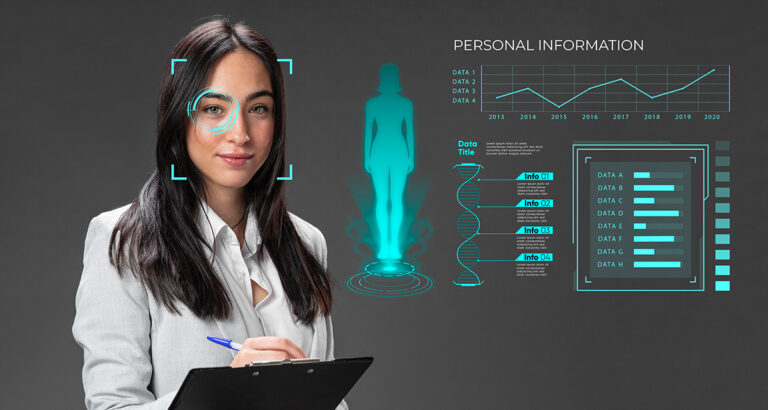This retrospective cohort study aimed to evaluate sex-based differences in the risk of iatrogenic thyrotoxicosis associated with standard levothyroxine dosing algorithms in older adults. Conducted at Johns Hopkins University School of Medicine, the analysis included 20,724 patients aged ≥50 years who received levothyroxine between 2014 and 2024.
Participants were predominantly female (n=15,894) and White (75.6% women, 79.3% men). During a mean follow-up of 4.7 years, iatrogenic thyrotoxicosis—defined by thyroid stimulating hormone (TSH) <0.45 mU/L—occurred in 36.7% of women versus 23.9% of men (P<.001). Severe thyrotoxicosis (TSH <0.1 mU/L) was also more prevalent among women (15.2% vs 9.4%, P<.001). Adjusted hazard ratios confirmed increased risk among women (aHR, 1.55; 95% CI, 1.41–1.69). Notably, women received higher levothyroxine doses per actual, ideal, and lean body mass (P<.001 for all).
While risk remained elevated after adjusting for actual body mass (aHR, 1.50), it was attenuated upon adjustment for ideal (aHR, 1.30) and lean body mass (aHR, 1.06). Stratified analyses revealed comparable 5-year incidence between sexes when dosing was normalized to lean mass.
The findings suggest that reliance on actual body weight in dosing algorithms may contribute to overtreatment in women. Limitations include the study’s retrospective design and potential for data inaccuracies.





